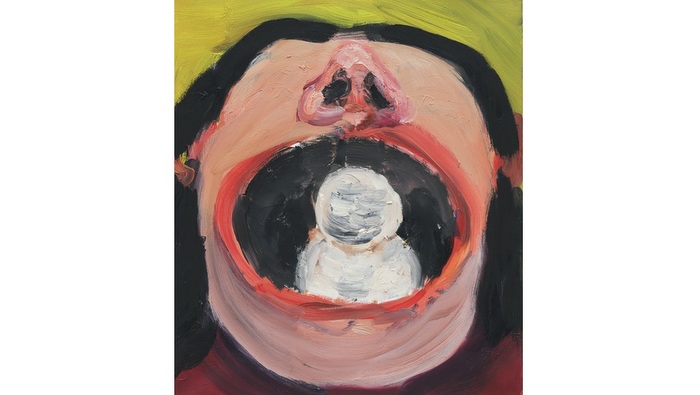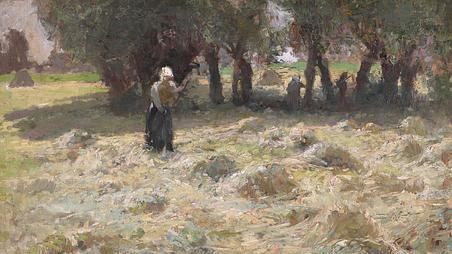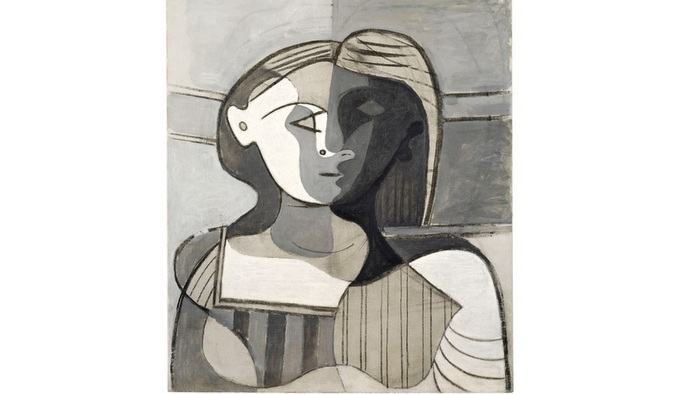Bertha Wegmann (1847–1926) is one of Danish art’s best kept secrets. She was known and applauded in her own day: she took part in major exhibitions in Denmark and abroad to great acclaim, was awarded positions on the Royal Danish Academy of Fine Art’s central bodies and was a sought-after portrait painter. Yet despite an impressive career, Wegmann is largely unknown today. Her decline into oblivion began during her own lifetime, where she was not featured in the official art history literature and was unable to sell her works to Danish art museums. Wegmann shares this fate with many other women artists of the period.
Born in Switzerland, Wegmann arrived in Denmark with her family when she was five years old. At the time it was difficult for women to obtain a professional education as an artist in Denmark, and for much of her life Wegmann travelled and studied elsewhere in Europe. Her thirteen years in Munich had a particularly strong impact on her development as an artist and as a human being. Back home in Denmark, critics tended to remark on her international style, not always favourably, and the fact that she was not born in Denmark did not make things better – even though she felt like a Dane. Although she exhibited diligently in Denmark as well as abroad, her works were largely bought by a network of private collectors. Sales to Danish museums only happened after her death.
As an artist, Bertha Wegmann could paint anything and everything: portraits, landscapes, cityscapes, genre scenes, still lifes, flowers and interior scenes. And she could paint in many different styles, displaying rich and varied aesthetics and imagery. In this first-ever research-based exhibition about the artist, we not only show her main works but also offer broad insight into her wide-ranging artistic production. Her oeuvre was created during the Modern Breakthrough in Denmark, a time when the world expanded and women got greater scope for action. The exhibition thus offers an opportunity to follow an artist who, during much of her life, moved dynamically between countries and communities, receiving inspiration from the places she worked and the people she met.
Today, Wegmann is attracting growing interest on the Danish and international art scenes alike, which means that a number of her key works are housed outside of Denmark. The exhibition provides a rare chance to view a large selection of such works, now brought to Denmark for the duration of the exhibition run.
The exhibition is accompanied by an extensive research-based publication about the artist.
Bertha Wegmann will subsequently be shown at the Skovgaard Museum in Viborg.
Related Publications

Leo Pum presents HYPER LIKE at HYPER HOUSE
December 18, 2025
Aargauer Kunsthaus. Klodin Erb. Curtain falls dog calls
December 17, 2025












